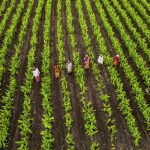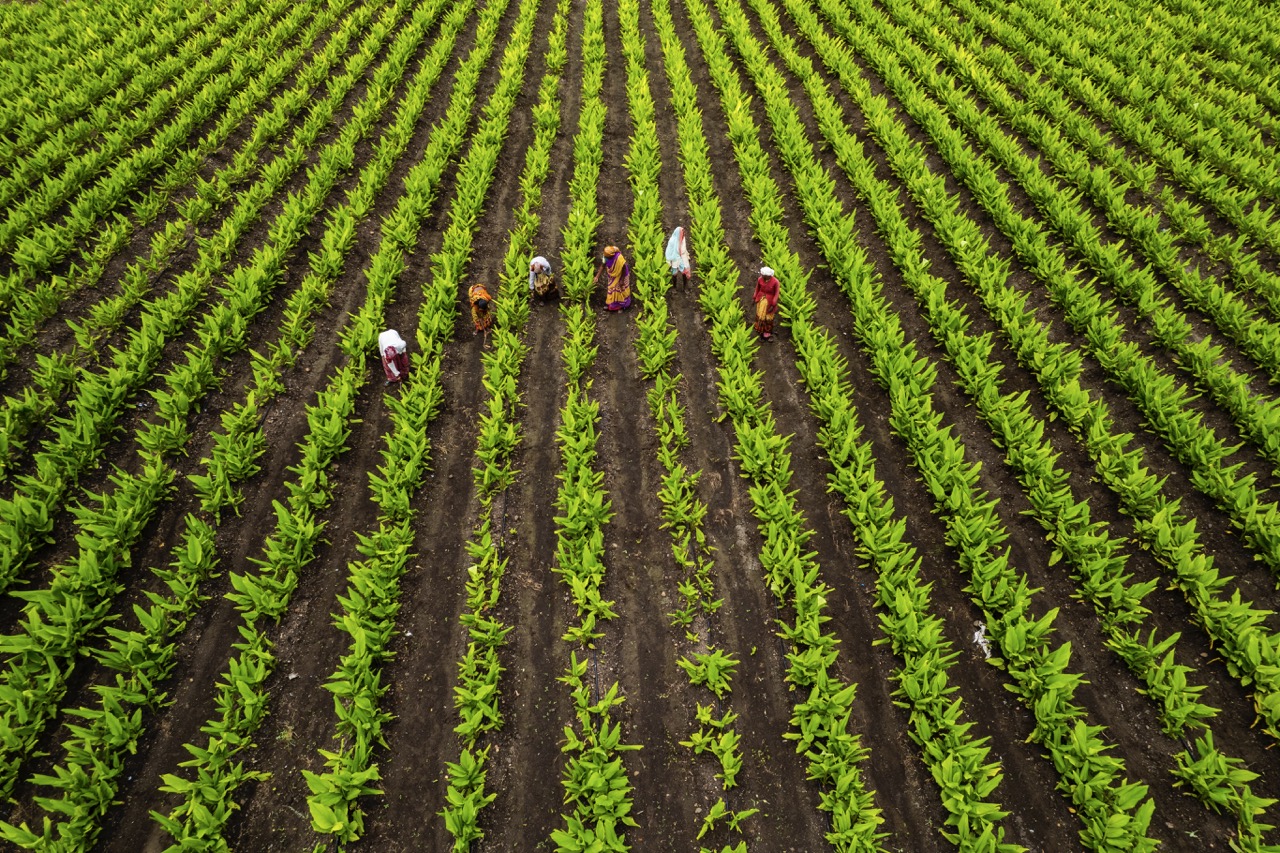Sharecropping has long been a controversial agricultural practice, steeped in historical complexities and socio-economic implications. However, as communities today grapple with the challenges of land management and sustainability, the principles underlying sharecropping have the potential to foster community-based land management. By rediscovering sharecropping as a viable model, communities can enhance their agricultural productivity while promoting social equity and environmental stewardship. This article delves into the historical context of sharecropping, its benefits in community land practices, strategies for implementation, and inspiring case studies that illustrate its potential for encouraging community engagement.
Understanding Sharecropping: A Historical Perspective
Sharecropping emerged in the United States during the Reconstruction Era as a response to the economic devastation faced by formerly enslaved people. In this system, landowners provided land, tools, and seed to tenant farmers, who in return would give a portion of their harvest to the landowner. While this arrangement aimed to provide opportunities for land access, it was often fraught with exploitation, leading to cycles of debt and poverty for sharecroppers. Historical analysis reveals how sharecropping became a tool for economic dependency, reflecting broader issues of racial and social injustice.
Over time, sharecropping spread to other regions and countries, adapting to local conditions and cultural norms. In many agricultural communities, the practice has been linked to collective farming and communal resource management. This historical evolution illustrates the adaptability of sharecropping, which has the potential to transform into a more equitable system when coupled with principles of community engagement and participation.
In recent years, scholars and practitioners have re-evaluated sharecropping within the context of food sovereignty and community resilience. By focusing on the relationship between land, labor, and local economies, contemporary discussions about sharecropping suggest that this model can serve as a foundation for sustainable land management practices that are rooted in community values and ecological stewardship.
The Benefits of Sharecropping in Community Land Practices
One of the primary benefits of sharecropping in community land practices is its capacity to promote land access for marginalized groups. In many rural areas, traditional land ownership remains out of reach for smallholders and low-income families. Sharecropping can democratize land use by allowing individuals to cultivate land without the burden of purchasing it, fostering a sense of ownership and investment in local agriculture. As a result, sharecropping not only enhances food security but also empowers communities economically.
Another significant advantage lies in the collaborative nature of sharecropping arrangements. By sharing resources, knowledge, and labor, communities can build stronger social networks and collective identity. This collaboration can lead to innovative practices and shared stewardship of the land, fostering a sense of responsibility and care among participants. When individuals feel connected to their environment and each other, they are more likely to engage in sustainable land management practices that prioritize ecological health and community well-being.
Furthermore, sharecropping can facilitate the exchange of sustainable agricultural practices and technologies within communities. By enabling sharecroppers to learn from one another, knowledge dissemination becomes a community endeavor. This collective approach can spur the adoption of environmentally friendly farming techniques, such as crop rotation, intercropping, and organic farming, ultimately leading to improved agricultural resilience and productivity.
Implementing Sharecropping for Sustainable Management
For sharecropping to effectively contribute to sustainable land management, clear agreements and frameworks must be established to ensure fairness and transparency. Legal arrangements should outline responsibilities, profit-sharing mechanisms, and conflict resolution processes. Engaging community members in the design of these agreements can enhance trust and accountability, ultimately leading to more equitable and effective land management strategies.
Education and capacity-building initiatives play a crucial role in the successful implementation of sharecropping. Communities should be equipped with the necessary skills and knowledge to manage their land sustainably. Workshops, training programs, and mentorship opportunities can help participants learn about agroecological practices, financial literacy, and cooperative management. By providing resources and support, communities can empower sharecroppers to make informed decisions that benefit both their livelihoods and the environment.
Lastly, fostering partnerships with NGOs, local governments, and agricultural organizations can enhance the success and sustainability of sharecropping initiatives. These partnerships can provide technical assistance, access to markets, and financial resources, enabling communities to strengthen their agricultural practices. Collaborative efforts can also raise awareness about the social and environmental benefits of sharecropping, encouraging broader participation and support from key stakeholders.
Case Studies: Success Stories in Community Engagement
One notable case study highlighting the potential of sharecropping for community engagement is the "Land Access Program" in California. This initiative connects young farmers from marginalized backgrounds with underutilized land owned by local landowners. Through a sharecropping model, participants have access to land while sharing a portion of their harvest with landowners. This program not only addresses issues of land access but also cultivates a sense of community among diverse groups, promoting knowledge exchange and sustainable agricultural practices.
In Brazil, the “Landless Workers Movement” (MST) has successfully used a modified sharecropping model to support land reform and social equity. By occupying unproductive land and engaging in collective farming, MST has empowered thousands of landless families to cultivate crops sustainably. The movement emphasizes community organization and collective decision-making, resulting in improved livelihoods, enhanced food sovereignty, and a stronger sense of community among participants. The MST’s approach showcases how sharecropping can be reimagined to foster social justice and environmental stewardship.
Another inspiring example is found in the Philippines, where the “Katutubo Farmers Association” employs a sharecropping framework to engage indigenous farmers in sustainable agroforestry practices. This initiative prioritizes traditional ecological knowledge and empowers local communities to manage their resources sustainably. By combining sharecropping with cooperative management, the association has improved food security, restored degraded lands, and strengthened cultural identity among indigenous groups. This model demonstrates that sharecropping, when aligned with community values and environmental goals, can lead to sustainable development and resilience.
As communities navigate the complexities of land management and sustainability, the principles of sharecropping offer a promising pathway toward collective action and empowerment. By embracing its historical roots and reconfiguring the practice to align with contemporary values, sharecropping has the potential to encourage community-based land management that prioritizes equity, collaboration, and environmental stewardship. Through successful case studies and thoughtful implementation strategies, communities can harness the power of sharecropping to create resilient agricultural systems that benefit both people and the planet.










